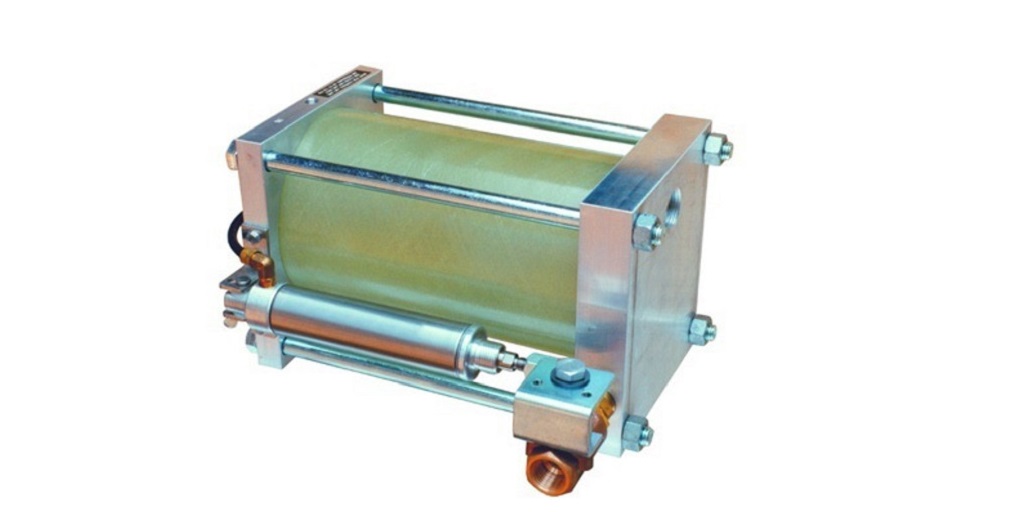Compressed air systems constantly produce condensation, which must be drained regularly. If not, expect some serious repercussions. There could be downtime, less quality and efficiency, and problems further down the line with your air tools.
There are many different types of drains, such as manual drains, float drains, and solenoid-operated drains. However, it is difficult to argue against the advantages of a zero air loss condensate drain, such as the Robo-Drain valves.
Why Is It Necessary to Use a Zero-Loss Condensate Drain?
Getting rid of the condensation that forms in all compressed air systems is essential. If you don’t drain the condensate from the compressed air system regularly, the quality of your finished goods could decrease. The effectiveness of your output will suffer as a result, and there’s a chance that it could even cause problems with the equipment farther down the pipeline.
Pharmaceutical companies, for example, must eliminate moisture before packaging drugs; therefore, condensate removal is particularly crucial in this sector.
With a zero-loss drain, the air pressure in the system is not diminished while moisture is removed. This is far better than a manual drain.
On drains that require human intervention to release condensate, workers must physically release the valves. Forgetting to close the valve after draining the condensate results in excessive air loss and requires continual monitoring.
The compressed air that escapes is a waste of money. And as the pressure blasts out, you lose pressure and have to build it back up, making your compressor work a lot harder than it ought to.
Selecting a drain with zero condensate loss will cause the condensate to be drained without any further action on your part. Also, when a certain amount of condensation builds up, the valve closes, stopping compressed air from escaping.
Why Should You Use Robo-Drain?
Robo-Drain and other zero-loss drains are becoming more popular because they work so well and use so little energy.
Plant managers who want to cut down on energy waste and make their systems run more efficiently are turning more and more to these reliable drain solutions. Even though the initial cost of this drain is higher than that of manual or scheduled drains, it usually pays for itself within the first year, if not sooner.
A zero-loss drain is an option to consider if you want a drain that doesn’t require the use of compressed air. Robo-Drains can respond to changes in the environment by letting out or taking in condensation as needed. If the temperature drops below a certain point, the drain may need a heating element to keep it from freezing.
The Importance of Draining Condensate From The AC System
Even though condensate drains in systems that use compressed air are often overlooked, they are very important. Spending thousands on a high-tech compressed air system with a touchscreen monitor, variable-frequency motor, and flashing lights won’t help if you haven’t taken the time to learn as much as possible about your drain.
There are two potential entry points for pollutants into a system’s airflow: the compressor intake or the system itself. Grease, metal fragments, corrosion, and pipe scale are all removed by filters and separators, but they can only do their job if the drains are operating properly.
Condensate that isn’t regularly drained out of the system might build up over time, leading to an accumulation of oil and water and possibly freezing over during the winter. Moisture that gets into the compressor from the intercooler can cause it to wear out faster and even break down completely.
Wrapping Up
You need to be fully aware of your existing work environment. Under certain conditions, the air could be so corrosive that it could damage normal materials. When operating in extremely corrosive environments, stainless steel components are recommended.
If you’re looking for Robo-Drain valves for your system, look no further than Air & Vacuum Process.



